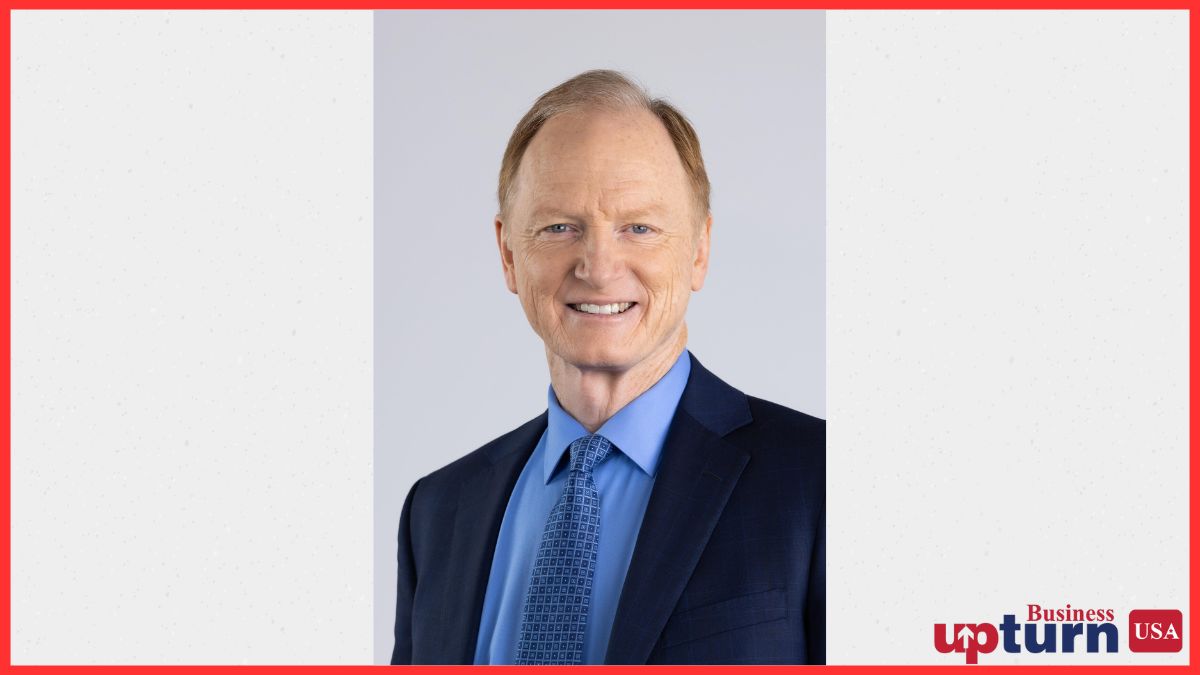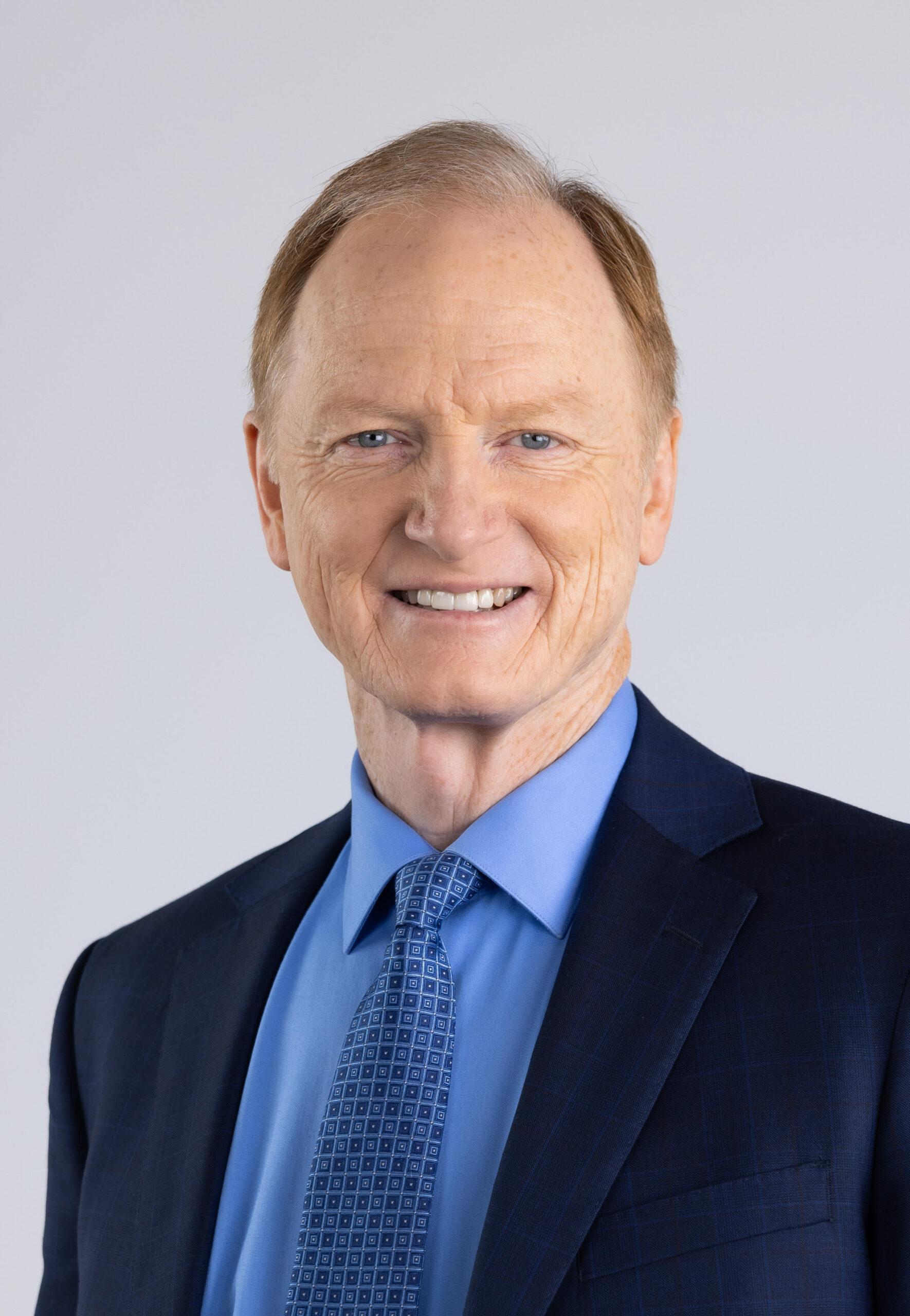
Advertisement
John Bradshaw was more than a self-help author—he was an architect of a transformative business model that merged emotional healing with multimedia reach. In the United States, his focus on “inner child healing” and “dysfunctional family” concepts reached millions through books, PBS television series, live workshops, and institutional programs. His work influenced both teens and adults, offering a structured pathway to self-awareness while building a financially sustainable enterprise. Understanding the John Bradshaw business model reveals how personal development content can become a nationwide movement without sacrificing authenticity.
The Foundations: Authorship, Television Series, and Workshops
Bradshaw’s foundation began with authorship. His books, such as Homecoming: Reclaiming and Championing Your Inner Child and Healing the Shame That Binds You, became New York Times bestsellers, selling millions of copies across North America. These works distilled complex psychological concepts into accessible language, allowing both young readers and adults to connect with his ideas. By using storytelling rooted in personal experience, he created content that felt both relatable and authoritative—an essential component in gaining trust from a broad U.S. audience.
At the same time, Bradshaw leveraged public television as a force multiplier. His PBS series, including Bradshaw On: The Family and Homecoming, brought therapeutic concepts into American living rooms. These shows often adapted his live workshops into multi-part televised events, reaching viewers who might never attend an in-person seminar. Workshops themselves—often spanning multiple days—provided immersive experiences where attendees could directly engage with Bradshaw’s techniques, making them a crucial pillar in his business model.

Revenue Streams & Distribution Channels in America
Bradshaw’s revenue came from several integrated channels. Book sales formed the bedrock of his income, with royalties from bestsellers sustaining long-term profitability. His PBS specials, often aired during fundraising pledge drives, generated significant revenue for stations while indirectly boosting his book and media sales. For example, his Homecoming series became one of PBS’s most successful fundraising programs, illustrating the synergy between broadcast exposure and product demand.
Live event ticket sales were another major revenue source. Large-scale workshops sometimes drew thousands of participants, each paying substantial registration fees. Bradshaw also sold recordings of these workshops—on VHS, later DVDs, and eventually digital formats—through direct mail and later online platforms. This multi-format approach allowed him to serve both attendees and remote audiences, expanding his market reach while creating passive income streams.
Brand Positioning: Inner Child & Dysfunctional Family in Mainstream
In a crowded self-help market, Bradshaw’s brand positioning was crystal clear. By popularizing the “inner child” and “dysfunctional family” concepts, he offered language for experiences that many Americans could identify with but had never articulated. His message resonated in an era when conversations about emotional health were just entering the mainstream, allowing him to stand out as both a thought leader and a cultural translator.
Bradshaw carefully aligned his brand with empathy and expertise. He presented himself not only as a counselor and theologian but also as someone who had personally navigated family dysfunction. This authenticity deepened trust, encouraging audiences to engage with his content across multiple platforms. It also allowed his brand to appeal to diverse demographics, from teenagers grappling with identity issues to adults confronting long-standing emotional wounds.
Marketing to U.S. Audiences: Media, Speaking Tours, and Licensing
Bradshaw’s marketing strategy relied heavily on visibility through mainstream U.S. media. Appearances on programs like Oprah, Good Morning America, and Donahue exposed his ideas to millions of viewers, effectively functioning as high-impact promotional campaigns. These appearances often coincided with book releases or PBS broadcasts, creating momentum across his revenue streams.
Speaking tours were equally strategic. Bradshaw scheduled workshops and keynote appearances in major American cities, ensuring geographic reach while building local networks of advocates. Licensing agreements allowed institutions—such as treatment centers and universities—to use his materials for training and education, embedding his concepts within professional settings and securing a steady flow of licensing revenue.
Scaling and Legacy: Institutional Centers, Training Programs, and Media Rights
Bradshaw scaled his model by embedding it into institutional frameworks. He founded the John Bradshaw Center at Ingleside Hospital in Los Angeles, focusing on co-dependency treatment and family therapy. He also collaborated with national organizations to integrate his teachings into professional development programs, effectively multiplying his impact through third-party practitioners.
His legacy extends into the digital era through media rights management. After his death in 2016, recorded workshops, books, and televised series continued to be distributed, ensuring ongoing revenue. Licensed trainers and therapists still use his methodologies, demonstrating how a personal brand can evolve into a sustainable, institutionally recognized practice even after its founder’s passing.
The Unexpected Modern Twist No One Sees Coming
What makes Bradshaw’s business model particularly relevant today is how it prefigured the influencer-driven wellness economy. By combining deeply personal storytelling with multimedia distribution, he created a template that modern wellness entrepreneurs now replicate through podcasts, YouTube channels, subscription platforms, and branded retreats. Bradshaw’s mix of authenticity, educational content, and strategic monetization foreshadowed the hybrid educator-entertainer role now common among digital mental health influencers.
From a U.S. reader’s perspective, his model shows that emotional healing content can be both commercially viable and socially impactful. The same principles—consistent branding, multi-channel distribution, and personal connection—are now visible in apps offering guided therapy, online group coaching, and streaming wellness content. Bradshaw wasn’t just a pioneer in emotional healing; he quietly set the stage for a business framework that would dominate the 21st-century wellness industry.
This article is intended for informational and editorial purposes only. It does not constitute endorsement or promotion of any individual, company, or entity mentioned. Business Upturn makes no representations or warranties regarding the accuracy, completeness, or reliability of the information provided.
